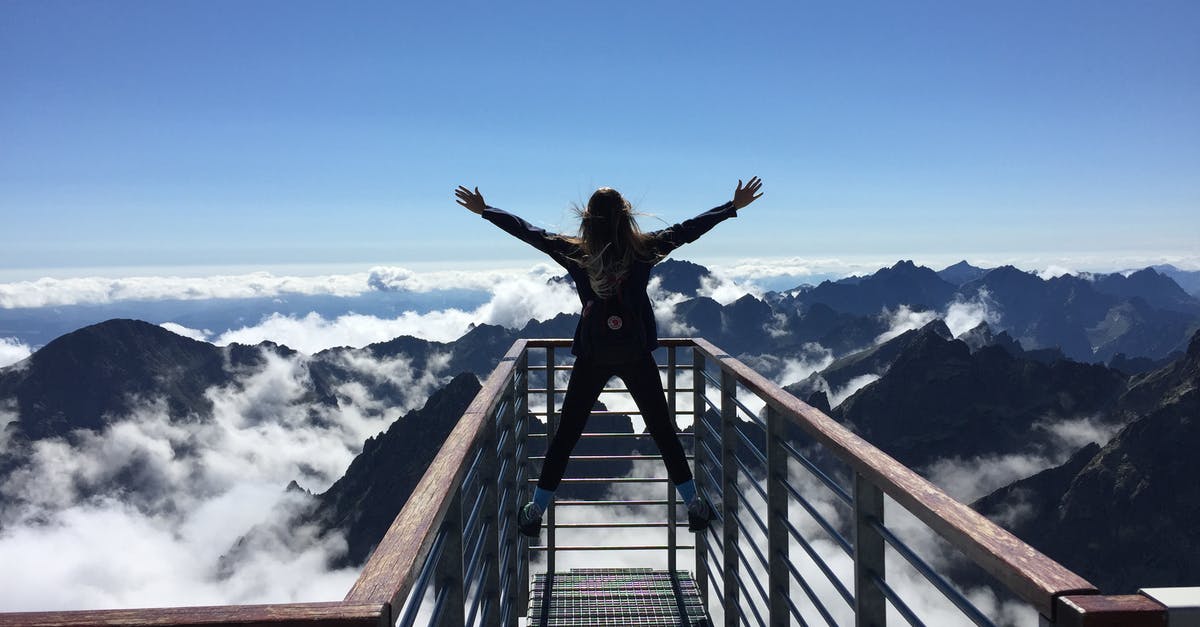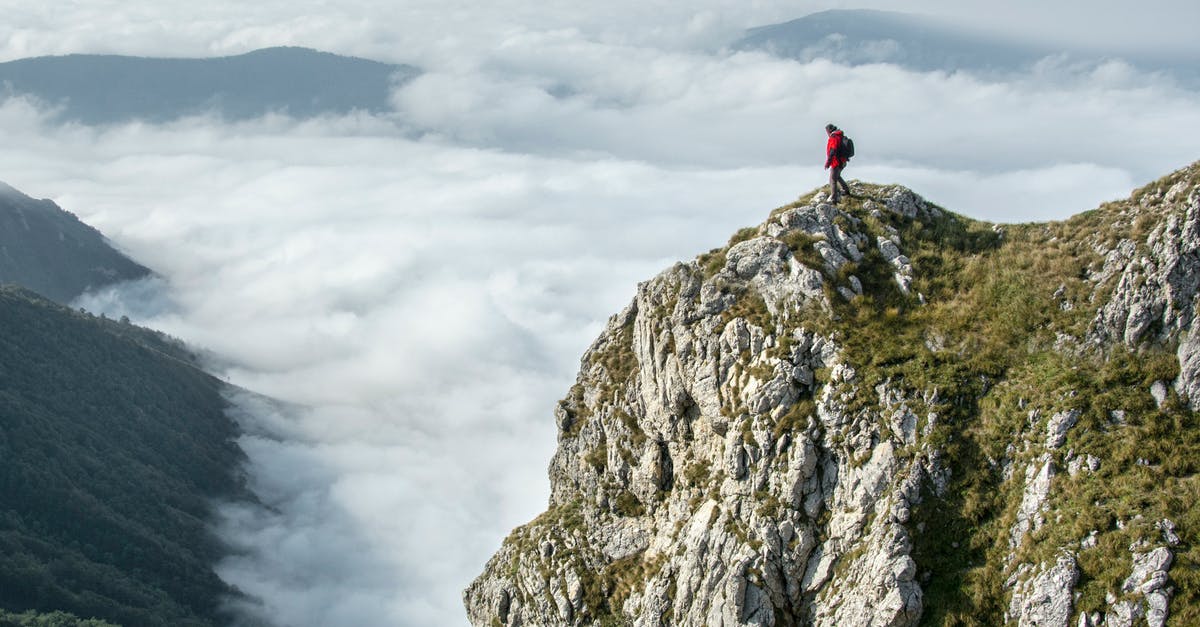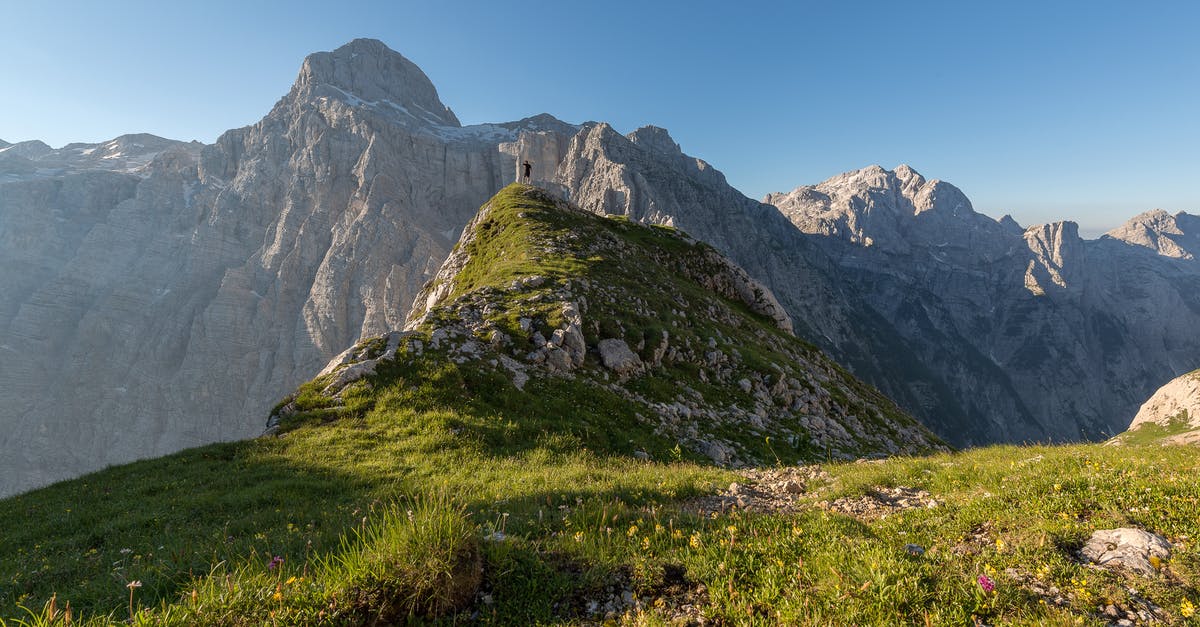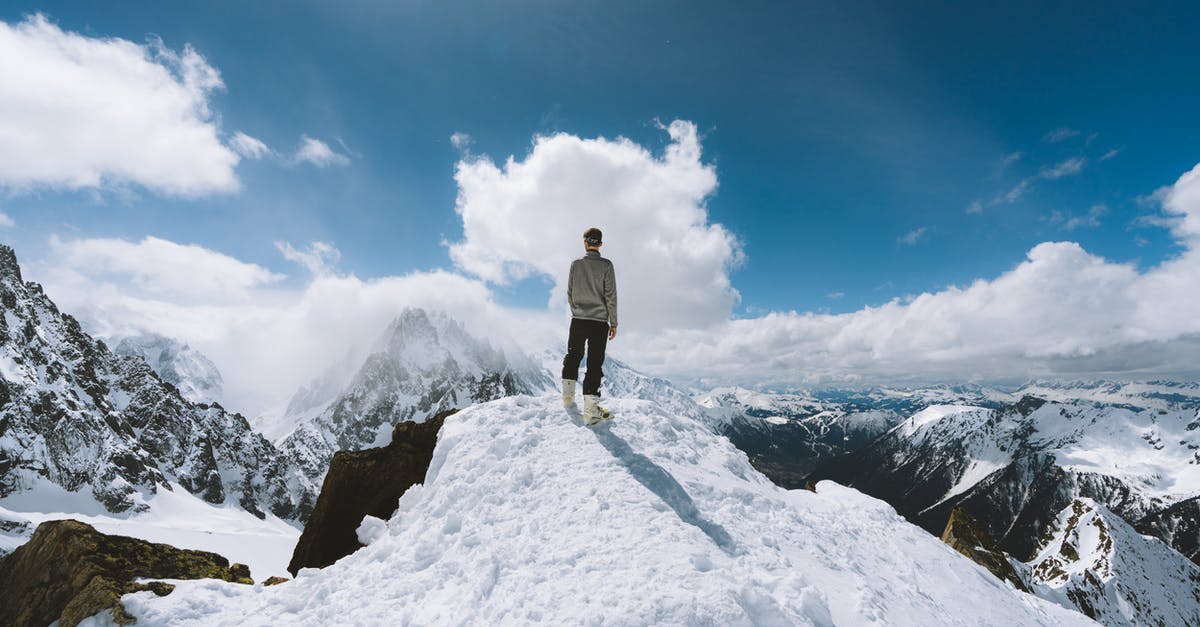Did people die because of Doug wanting to climb to the top?

I was watching Everest (2015) and I can't help but wonder if Rob and many others died because of Doug's adamance to reach the top.
If Rob hadn't agreed with Doug, they would've been heading down. They wasted time going up and then coming down. Rob was the most experienced of them and maybe his presence with the team could have saved a few more lives?
Was it because of Doug's adamance that people died?
Best Answer
That is part of the reason but part of what the movie portrays is how many seemingly little oversights contributed to the disaster. You can't boil it down to one single reason.
The following analysis of the disaster from wikipedia does a good job of explaining the multiple factors that led to the disaster.
It lists:
- Too many climbers: (congestion) leading to bottleneck on the Hillary Step and keeping climbers from turning around on time
- Not enough experience: Rob Hall and Scott Fischer and their crews ultimately had to push themselves beyond their abilities to take care of their clients
- Commercial aspect: There was additional pressure to get everyone to the summit so they could have their money's worth, also Jon Krakauer's presence added pressure for them to have a successful climb as he would be writing about it.
- Low oxygen levels: The oxygen levels may have contributed to many of the poor decisions and mistakes made.
- Over confidence: Rob Hall and Scot Fischer had a competitive relationship and reputations for getting people to the top, and they also had a high success record. Something was bound to give, given the statistical probabilities of fatalities on the mountain.
The disaster was partially caused by the sheer number of climbers attempting to ascend (34 climbers on 10 May 1996). The congestion of the crowd, combined with delays in securing ropes, caused bottlenecks at the Hillary Step and the Balcony and delayed the ascent of many climbers. Therefore, many summitted after the safe 14:00 turnaround time.
Jon Krakauer has suggested that the use of bottled oxygen and commercial guides, who personally accompanied and took care of all pathmaking, equipment, and important decisions, allowed otherwise unqualified climbers to attempt to summit, leading to dangerous situations and more deaths. In addition, he wrote that the competition between Hall and Fischer's guiding companies may have led to Hall's decision not to turn back on 10 May after the pre-decided time for summiting of 14:00; Krakauer also acknowledges that his own presence as a journalist for an important magazine for mountaineers may have added pressure to guide clients to the summit despite growing dangers. He proposed banning bottled oxygen except for emergency cases, arguing that this would both decrease the growing pollution on Everest—many discarded bottles have accumulated on its slopes—and keep marginally qualified climbers off the mountain. He does point out, however, that climbing Everest has always been a highly dangerous endeavour even before the guided tours, with one fatality for every four climbers who reach the summit. Furthermore, he notes that many of the poor decisions made on 10 May were after two or more days of inadequate oxygen, nourishment, and rest (due to the effects of entering the death zone above 8,000 m/26,000 ft). He concludes that decisions made in such circumstances should not be strongly criticized by the general population, who have not experienced such conditions.
Krakauer also elaborated on the statistical curiosities of fatality rates on Everest and how 1996 was "business as usual". The record number of 12 fatalities in the spring climbing season that year was 3% of the 398 climbers who had ascended above Base Camp—slightly below the historical average of 3.3% at that time. Additionally, 12 climbers had died that season, and 84 had reached the summit. This is a ratio of 1 in 7—significantly less than the historical average prior to 1996 of 1 in 4. Since the fatality rates on Everest have dropped considerably, accounting for the volume of climbers in 1996 compared to prior years, 1996 was statistically a safer-than-average year.
In May 2004, Kent Moore, a physicist, and John L. Semple, a surgeon, both researchers from the University of Toronto, told New Scientist magazine that an analysis of weather conditions on 11 May suggested that freak weather caused oxygen levels to plunge by around 6% resulting in a 14% reduction in oxygen uptake.
Pictures about "Did people die because of Doug wanting to climb to the top?"



Who was to blame for the 1996 Everest disaster?
The main person responsible for the deaths of the Mount Everest disaster was Robert Hall. However, that does not mean Robert Hall was the only one at fault. Ultimately the blame falls on Ang Dorje, Robert Hall, and Ian Woodall, each for their own reasons, and ultimately Hall, and Fisher were responsible for the others.Did Doug Hansen make it to the top of Everest?
Scott Fischer did not summit until 15:45. He was exhausted from the ascent and becoming increasingly ill, possibly suffering from HAPE, HACE, or a combination of both. Others, including Doug Hansen and Makalu Gau, reached the summit even later.How many people total have died trying to climb the mountain?
While its summit is at a lower altitude than the summit of Mount Everest, it is considered to be a much harder mountain to climb, due to its steep faces, and extreme weather. As of February 2021, 377 people have completed a summit of the mountain, while 91 have died trying, a staggering 4:1 ratio.How many died in Everest movie?
Summary. This docudrama portrays the deadly ascent of Mount Everest that killed five experienced climbers in the spring of 1996, based on journalist Jon Krakauer's first-hand account.The Truth About Why People Keep Dying On Mt. Everest
More answers regarding did people die because of Doug wanting to climb to the top?
Answer 2
I think Rob Hall and Harold died because of Doug's selfish stubborn unrealistic desire to summit when he clearly was in trouble. Several people including Sherpas told him to turn around and he refused. Rob clearly felt sorry for this guy who probably idolized climbers like Scott and Rob. In a moments bad decision Rob saw clearly that it was his inability to turn Doug around that caused his collapse later and felt guilt so he stayed with him to get him to safety. I think Doug was beyond his level of mountaineering and might have perished anyways from hypoxia but Rob would of made it. It was a series of bad decisions based on emotion rather than logic, freak weather causing even lower levels of oxygen in the air and two back to back storms. Tragic and sad. I base all this on interviews and documentaries I have seen with the survivors telling there experiences and various articles I have read.
Answer 3
I have watched and read everything I have could on this disaster, and have been obsessed with it. It is an amazing and tragic story, both for all the unfortunate deaths, but the amazing stories of survival, in particular Beck Weathers. That was one tough and resilient dude.
As far as "Doug's fault" - if anything that decision is Rob's fault. It is well known that Rob had his pride/ego on the line because it was Doug's 2nd year. Rob is the experienced leader and chose to take on a 2nd time a man who basically wasn't capable of summitting Everest.
First, Doug wasn't even in good shape. Second they were way past the 2pm turnaround time. Rob made a very bad call because of business and pride reason's. Blaming Doug is ridiculous when you take into account, not only his lack of experience climbing let alone with 8000ers...but also his current state at the time, hypoxic.
I believe that if Rob Hall was more of a jerk, people would have been more critical of his decision to get Doug to the summit PAST the turnaround time of 2pm. But because he was a nice and caring guy, people tend to overlook that. Human nature just like Doctor's who get sued for malpratice are the jerks, even if they make less mistakes than the nice one's. I also believe this is why Krakaeur is hard on Anatoli Bourkreev...he was a brash-type and aruguably the best mountaineer of the bunch as one of Scott's guides.
Because of Rob Hall's bad decision as the expedition leader, both he and Doug died. Yes other event's are tied to this, but given Doug Hansens's state and extra energy required to get to the summit, and the time they lost before the storm hit, they may have well lived, or Rob may have because they would have made it further than the Hillary step before Doug became incapacitated and could no longer move. Closer to the oxygen bottles as well, on the South Col.
Truth is it's all tragic and none of us were there, but like an airplane crash, it is usually a chain of events, though it appears to mean in the moment decision's like Rob's to not argue with Doug to continue. Perhaps it wasn't in Rob's capacity as he was too "nice", but nice doesn't save lives unfortunately in this case.
Answer 4
There were too many mistakes, from the ropes not being done timely to people not turning around. As leaders in such a dangerous climb, the ball was dropped by many. Including lead Sherpas.
Answer 5
No, earlier on summit day Doug moved out of the line of climbers and began to descend, saying to Lou that "he was cold and feeling bad and heading down". Rob Hall talked to him and he got back in line and continued climbing
This is from Into Thin Air, Camp Three May 9th chapter
Sources: Stack Exchange - This article follows the attribution requirements of Stack Exchange and is licensed under CC BY-SA 3.0.
Images: Nina Uhlíková, mirsad mujanovic, Krivec Ales, S Migaj
